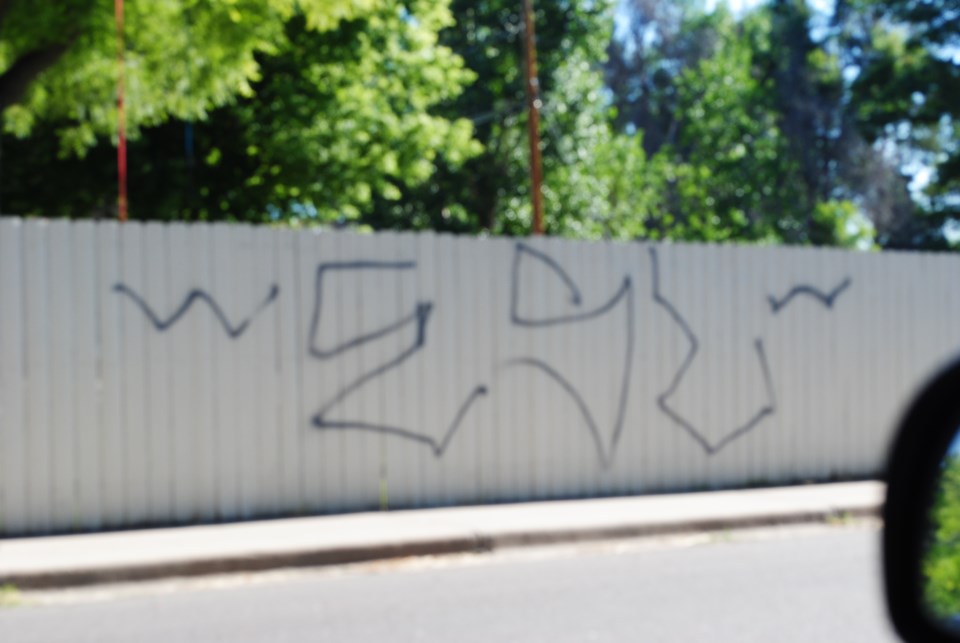This content was originally published by the Longmont Observer and is licensed under a Creative Commons license.
There are two programs in Longmont that work to help keep kids out of gangs. One of these is the Gang Response and Intervention Program, or GRIP, run by Louie Lopez. Louie is the Community Coordinator with the City of Longmont. The program has been around for 12 years, and is part of the Children, Youth and Families Division in the City’s Community Services Department. When the City first looked at programs to implement in Longmont, Louie looked at other community prevention programs and found one in Paramount, California to model. At first, GRIP tested their proposed program in one school. Now, GRIP is in five different schools. They have a ten-lesson curriculum for third and fifth grade with about 100 students per grade level. This means they reach over 1000 kids a year with their curriculum. The curriculum covers things like how gang activity affects the family and community, self-esteem, the importance of education, addictions, health, family structure, and healthy relationships. GRIP also provides assistance to school staff through trainings and are available for crisis intervention.
The intervention portion of the GRIP program works with both the victim’s and the offender’s family. Working with teams of agencies, GRIP is able to provide support and accurate information to the family and the community involved as opposed to rumors. GRIP is located at the Longmont Youth Center which enables them to short-circuit any rumors that get started about an incident. Another part of the intervention program is a three-session, 10-15-week curriculum for gang members that are referred to the program. Often this program is part of a sentence gang members have to complete. GRIP staff can also counsel individuals on how to go about gang tattoo removal to help them move forward. GRIP is funded through the City of Longmont and has an 85% success rate; only 15% of the youth that participate in the program recidivate.
Another program that works with gang-involved youth is La Familia Boxing. Randy Lopez has been coaching boxing for 20 years and started La Familia Boxing in 2007. At that time, Longmont did not have any free boxing clubs for at risk kids. Kids are referred to Randy through the police department and judges, and sometimes they also bring their friends along.
No gang behavior is tolerated in the program. Randy believes that if you don’t acknowledge gang behavior, the gangs are less likely to form. To reinforce the idea that everybody at his boxing club is a family, Randy made boxing trunks out of red and blue bandanas, the colors of rival gangs As Randy told the Longmont Observer, “Longmont doesn’t have a gang problem, it has a wannabe problem.” Kids need to have passing grades to stay in the program and cannot be involved with drugs or alcohol. They train two hours a day and at any one time there are an average of 40 kids in the program with three coaches. Training gets the kids out of the limited bubble they live in and allows them to see that they can do other things with their lives. As Randy says, “Boxing teaches all the things required to be a good man.” La Familia Boxing is currently located in the YMCA.
One of Randy’s favorite success stories is about Jesus. Jesus came to La Familia Boxing when he was about eight or nine years old and he never wanted to work with Randy. Eventually, he warmed up to Randy and began to work with him. Jesus is now a professional boxer. There are two Longmont police officers that work with La Familia.



